INDUSTRY and INTELLIGENCE
Bampton Lectures in America

Bampton Lectures in America
The Prospects of Western Civilization, Arnold J. Toynbee, 1940
New Discoveries in Medicine: Their Effect on the Public Health, Paul R. Hawley, 1950
Gospel and Law: The Relation of Faith and Ethics in Early Christianity, Charles H. Dodd, 1951
Art and Technics, Lewis Mumford, 1952; reprinted with a new introduction by Casey Nelson Blake, 2000
Modern Science and Modern Man, James B. Conant, 1952
Challenges to Contemporary Medicine, Alan Gregg, 1956
The Idea of Revelation in Recent Thought, John Baillie, 1956
Four Steps Toward Modern Art: Giorgione, Caravaggio, Manet, Cezanne, Lionello Venturi, 1956
Science in the Making, Joel Henry Hildebrand, 1957
Prescription for Survival, Brock Chisholm, 1957
The Importance of Being Human: Some Aspects of the Christian Doctrine of Man, Eric Lionel Mascall, 1958
The Art of William Blake, Sir Anthony Frederick Blunt, 1959
From Miasmas to Molecules, William Barry Wood, 1961
Christianity and the Encounter of the World Religions, Paul Tillich, 1963
A Natural Perspective: The Development of Shakespearean Comedy and Romance, Northrop Frye, 1965
Man in the Universe, Fred Hoyle, 1966
Mental Illness: Progress and Prospects, Robert H. Felix, 1967
The Religious Significance of Atheism, Alasdair MacIntyre and Paul Ricoeur, 1969
Victorian Architecture: Four Studies in Evaluation, Sir John Summerson, 1970
Magic, Science, and Civilization, Jacob Bronowski, 1975
Titian: His World and His Legacy, David Rosand, ed., 1982
Faith and Reason, Anthony Kenny, 1983
Language and Information, Zellig Harris, 1988
The Painters Practice: How Artists Lived and Worked in Traditional China, James Cahill, 1994
The Crusades, Christianity, and Islam, Jonathan Riley-Smith, 2008
Liam Gillick
INDUSTRY and INTELLIGENCE
Contemporary Art Since 1820
Columbia University Press
 New York
New York
Columbia University Press
Publishers Since 1893
New York Chichester, West Sussex
cup.columbia.edu
Copyright 2016 Columbia University Press
All rights reserved
Library of Congress Cataloging-in-Publication Data
E-ISBN 978-0-231-54096-4
Gillick, Liam, 1964 author.
[Works. Selections]
Industry and intelligence : contemporary art since 1820 / Liam Gillick.
pages cm. (Bampton lectures in America)
Includes bibliographical references and index.
ISBN 978-0-231-17020-8 (cloth : alk. paper) ISBN 978-0-231-54096-4 (e-book)
1. Art, ModernThemes, motives. 2. Art and society. I. Title.
N6490.G485 2016
709.04dc23
2015020970
A Columbia University Press E-book.
CUP would be pleased to hear about your reading experience with this e-book at .
Cover and book design: Lisa Hamm
Cover image: Hamilton (A Film by Liam Gillick), 2014
Film 27:43 min duration, Mirrored Room
Courtesy of the artist, Esther Schipper, Berlin & Maureen Paley, London
Private collection
References to websites (URLs) were accurate at the time of writing. Neither the author nor Columbia University Press is responsible for URLs that may have expired or changed since the manuscript was prepared.
Contents
I would like to thank Professor Mark C. Taylor of Columbia Universitys Department of Religion and Professor Gregory Amenoff of Columbia Universitys School of the Arts, who invited me to present the Bampton Lectures and were enthusiastic and encouraging at every moment. I would also like to thank Alfonso Artiaco, Florence Bonnefous, Darragh Hogan, Renate Kainer, Casey Kaplan, Edouard Merino, Christian Meyer, Taro Nasu, Maureen Paley, Eva Presenhuber, Esther Schipper, and Micheline Szwajcer for their support over the years. Piper Marshall witnessed the development of the lectures and was an incisive critic. Finally, to the students of Columbia University Visual Arts Program between 1997 and 2013, I was and remain deeply impressed.
Parts of this book appeared in the online journal e-flux. I would like to thank Julieta Aranda, Anton Vidokle, and Brian Kuan Wood for their support and dynamic exchange of ideas over the last few years. Other parts appeared in two books of collected essays edited by Paul ONeill and Mick Wilson. I would particularly like to thank Paul ONeill for his engagement and critique.
appeared in a different form as Contemporary Art Does Not Account for That Which Is Taking Place, e-flux 21 (2010).
appeared in a different form as ASAP Futures, Not Infinite Future, in Curating and the Educational Turn, ed. Paul ONeill and Mick Wilson (London/Amsterdam: Open Editions/De Appel, 2010).
appeared in a different form as Abstract, in Micro-Historias y Macro Mundos, vol. 3, ed. Maria Lind (Mexico DF: Instituto Nacional de Bellas Artes y Literatura, 2010).
appeared in a different form as The Complete Curator, in Curating Research, ed. Paul ONeill and Mick Wilson (London/Amsterdam: Open Editions/De Appel, 2014).
appeared in different forms as Maybe It Would Be Better If We Worked in Groups of Three? Part 1 of 2: The Discursive, e-flux 1 (2009); and Maybe It Would Be Better If We Worked in Groups of Three? Part 2 of 2: The Experimental Factory, e-flux 2 (2009).
appeared in a different form as The Good of Work, e-flux 16 (2010).
T he first of three film versions of the book Of Human Bondage was produced in 1934. At the opening, we join the doomed hero of the movie, Philip Careyplayed by Leslie Howardas he seeks the opinion of his French art teacher on the merits of his paintings after some years of study in Paris. A short exchange ends with a simple condemnation. Careys work shows industry and intelligence, nothing more. And therefore he should abandon all hopes of becoming an artist and choose another direction in life. Cutting to London, the narrative develops into a story of loss and lackof tragically unrequited passion redirected onto the ungrateful character of waitress Mildred Rogersa role played by Bette Davis with withering indifference. In common with most romantic yet inverted portrayals of art and artists in cinema, the teachers condemnation asserts a lack in Careys art that cannot be describeda certain somethinga certain quality. In lieu of the realization of something indescribable and unobtainable, the two protagonists embark on a life of mutually ensured suffering and ultimate destruction.
Eighty years later, art in its current forms is the product of a complex of events, constructed personas, and critical tendencies. It is fragmentary and increasingly subjective. Contemporary art is a repository for various recognitions and desires; at the same time, it may be defined by its self-conscious stand for and against other art. Contemporary art is a record of material facts derived from art intentions, and it often remains just out of reach of the artist and viewers while at the same time remaining lucid, simple, and easy to read. This is the heart of contemporary arts challenge: a louche combination of clarity, resistance, reference, and subjectivity. And at the heart of contemporary art is the very combination of industry and intelligence that the hammily played art teacher in

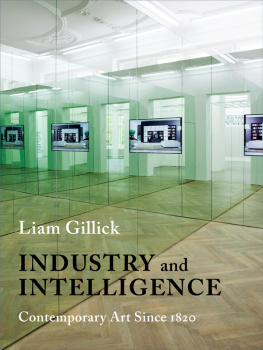

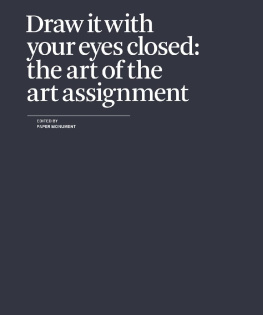
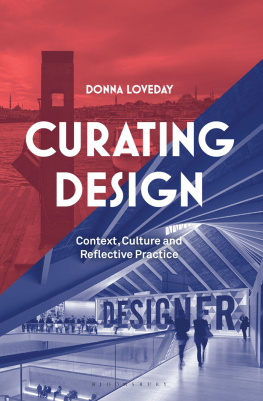

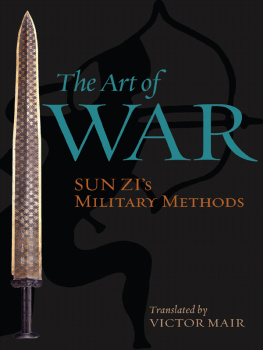
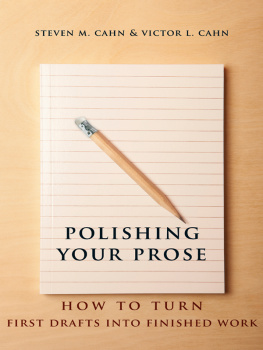
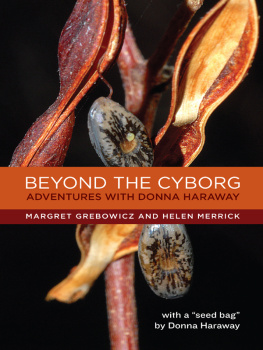
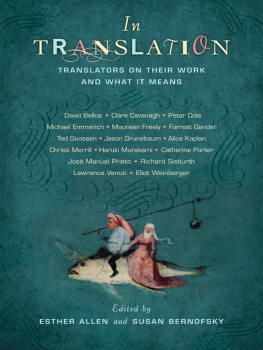
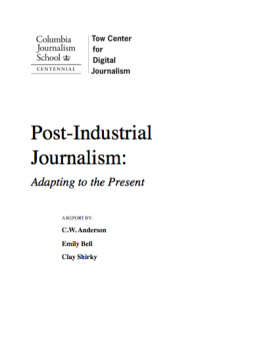
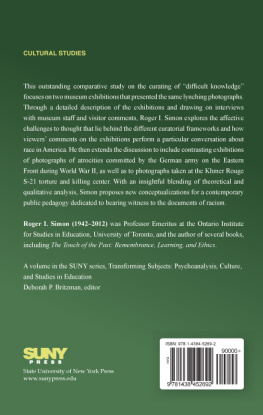

 New York
New York